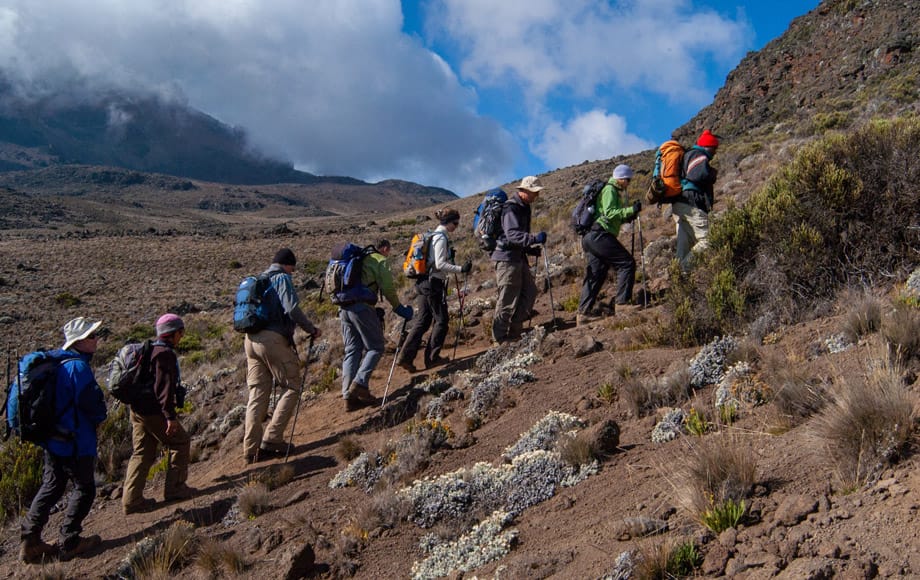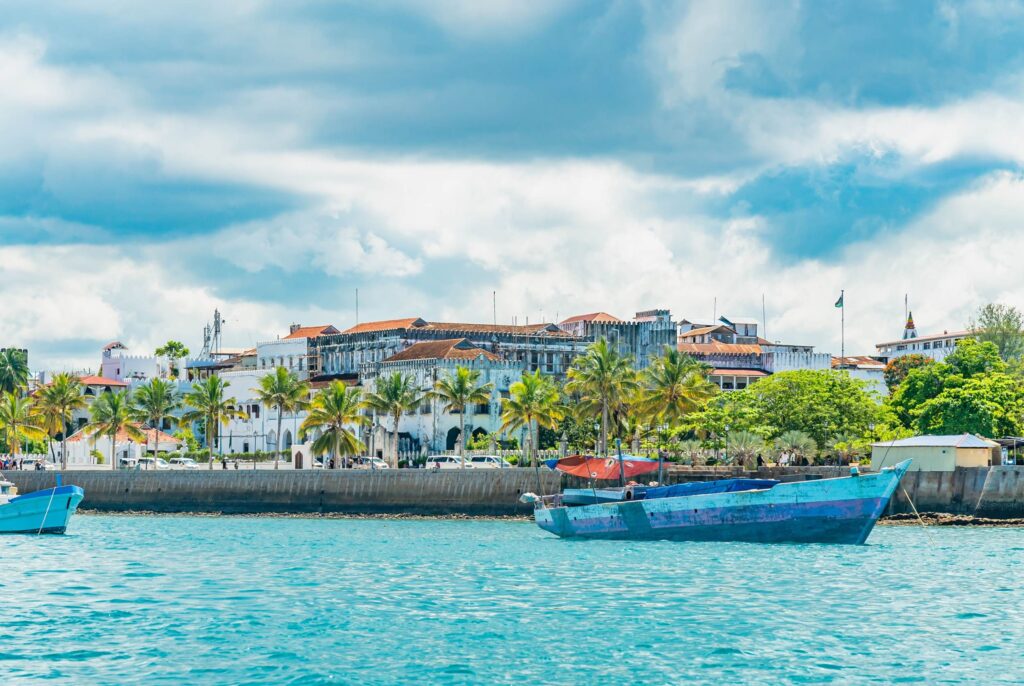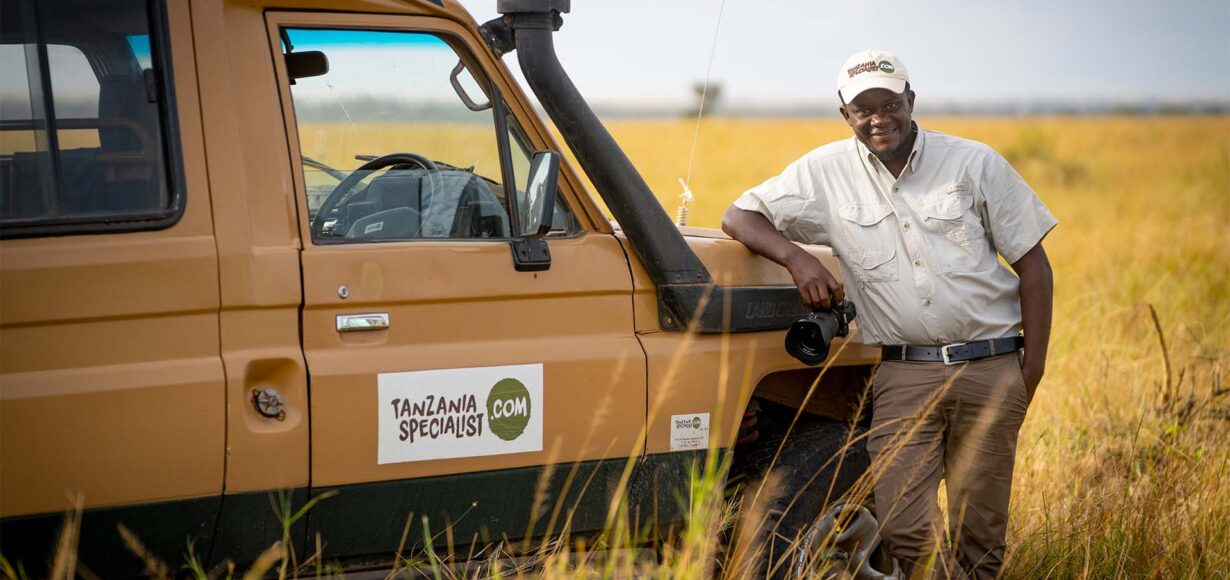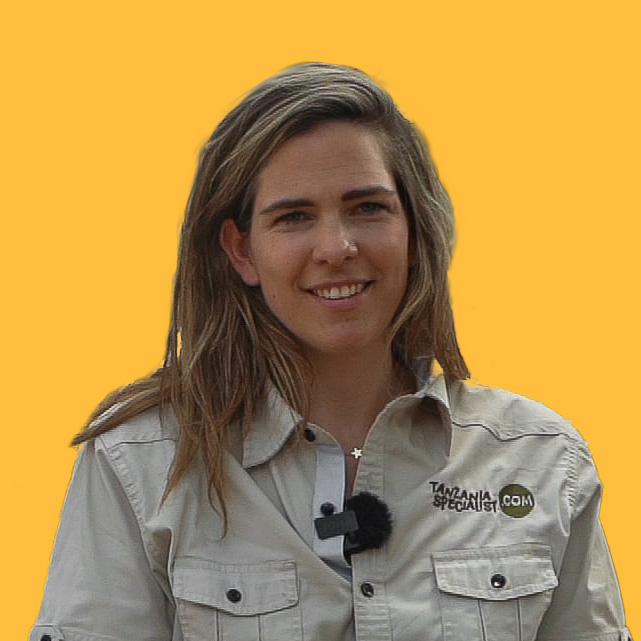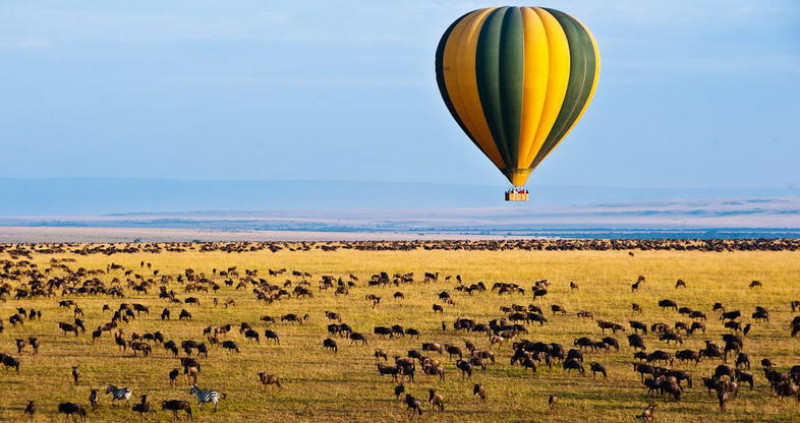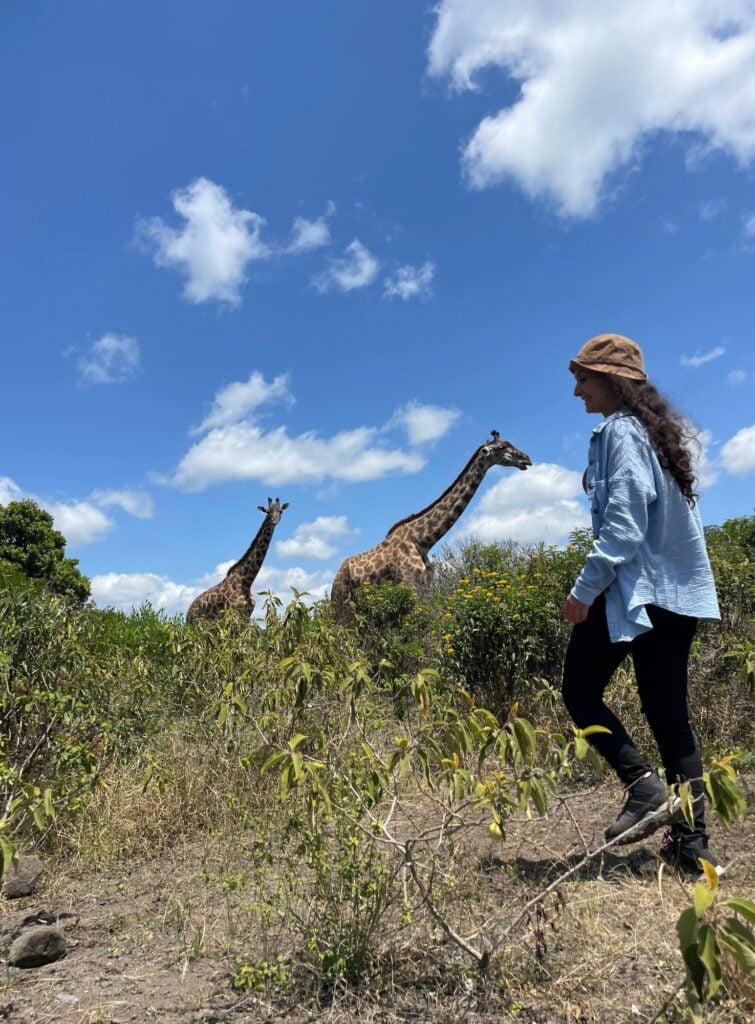
21 December 2023
Every year, over 30,000 people attempt to climb Kilimanjaro, and for many, it is a once-in-a-lifetime experience.
In order to help those who are interested in Kilimanjaro trekking learn what they need to know, we’ve put together this beginner’s guide to climbing Mount Kilimanjaro.
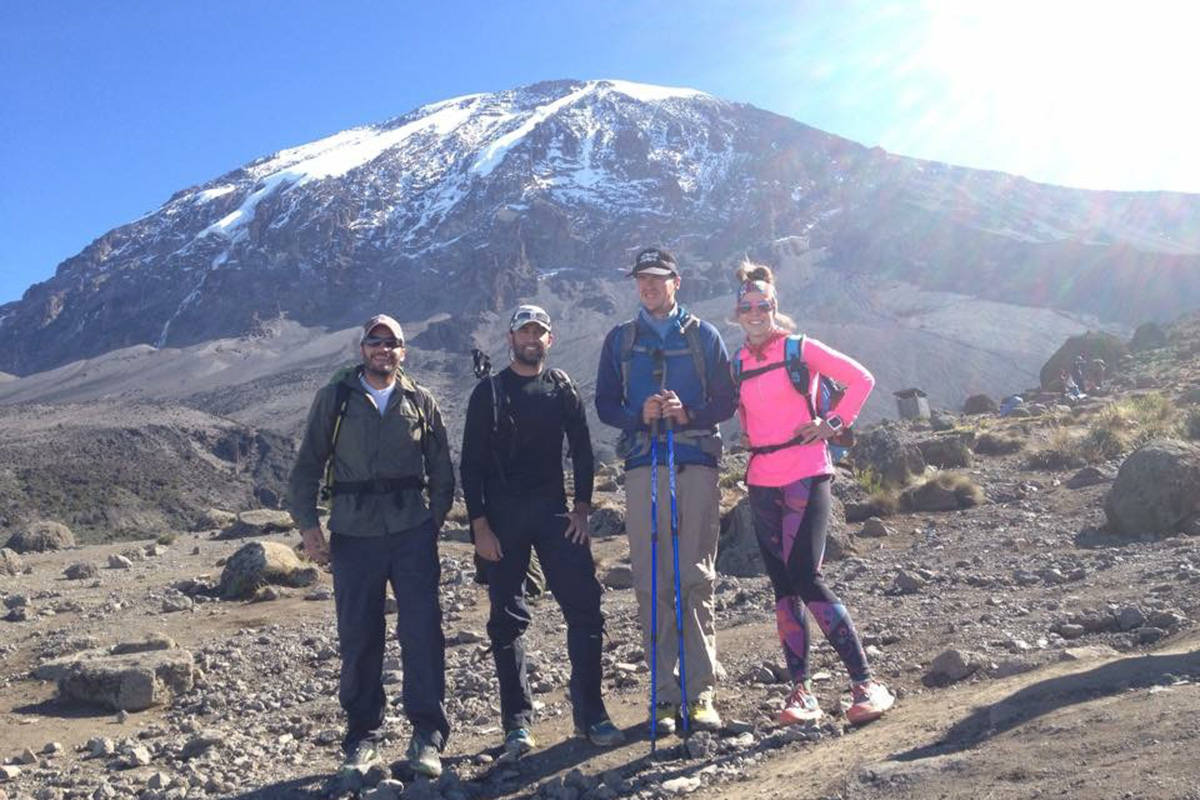
Climbing Kilimanjaro is not as easy as you might think. As such, it’s crucial that you be totally prepared for your mountain trek, including knowing how and when is the best time to climb it.
In addition to that, you need to make sure you have the right gear as well. Your equipment and knowledge about your destination will ensure you stay safe during your climb.
We have created the ultimate beginner’s guide to trekking Kilimanjaro. Follow our advice and get ready to take on the mountain.
Where Is Kilimanjaro?
Kilimanjaro is situated in the northeastern region of the nation, close to the Kenya-Tanzania border. Arusha and Kilimanjaro International Airport are the closest cities and airports (airport code JRO).
Three volcanic cones — Kibo, Mawenzi, and Shira — create Tanzania’s dormant volcano, which we know as Kilimanjaro volcano.
How High Is Mount Kilimanjaro?
Kilimanjaro is 5,895 meters (19,340 ft) above sea level. In addition to being the highest freestanding mountain in the world, it is also the highest point in Africa.
When Is The Best Time Of The Year To Climb Mount Kilimanjaro?
One of the two dry seasons is the ideal time to climb Kilimanjaro. Given its position in Tanzania, the region only experiences two seasons: the wet and the dry.
It is dry most of the time from July through October. Between December and February is the second dry season. These two windows are excellent for trekking Mount Kilimanjaro.
If you’re an experienced traveler, you could try Kilimanjaro trekking during the wet season, but we would highly suggest you avoid doing this. You are more likely to fail, so it is best to wait for the dryer seasons, which are also safer.
How Long Does It Take To Climb Up Kilimanjaro?
Depending on the path chosen, trekking Mount Kilimanjaro can take as little as 5 days or as long as 9 days.
There are 8 recognized Kilimanjaro routes: Umbwe, The Western Breach, Machame, Lemosho, Shira, Rongai, Northern Circuit, and Shira. Which all come from various locations on the mountain.
It is common knowledge that half of those who try climbing will fail. You can avoid it by taking longer routes – these are also known to significantly raise the Kilimanjaro trekking success rate.
The most successful approaches have success rates of 85% to 95% and span between 8 and 9 days.
Some tour guides advise travelers to book the five-day Marangu Route, often known as the “Tourist” route, because it is the cheapest and “easiest” option.
Unfortunately, the success rate for this approach is low, all because of height acclimatization.
This is because people don’t have enough time to get used to the little air the higher up the mountain you get. However, it is a popular route because on your way, you’ll come across huts to sleep in.
Still, the top section is extremely steep, which makes completing the climb difficult.
Why Is Trekking Kilimanjaro Seen As Difficult?
Trekking Kilimanjaro is very much possible, although it is considered a difficult feat. On the trails, there seems to be little exposure or chance of injury from a fall. Furthermore, there are no technical climbs, as well as no steep drops.
Although there are a few brief spots that call for some scrambling (hands and feet), the rest of the ascent just entails hiking.
However, it’s the elevation that makes it challenging. The amount of oxygen in the air at the top of Kilimanjaro is around half what it is at sea level.
The body experiences stress when operating in low oxygen conditions. To keep operating at high altitudes without becoming ill, the body must adjust. The key to reducing the likelihood of altitude sickness is gradual ascent.
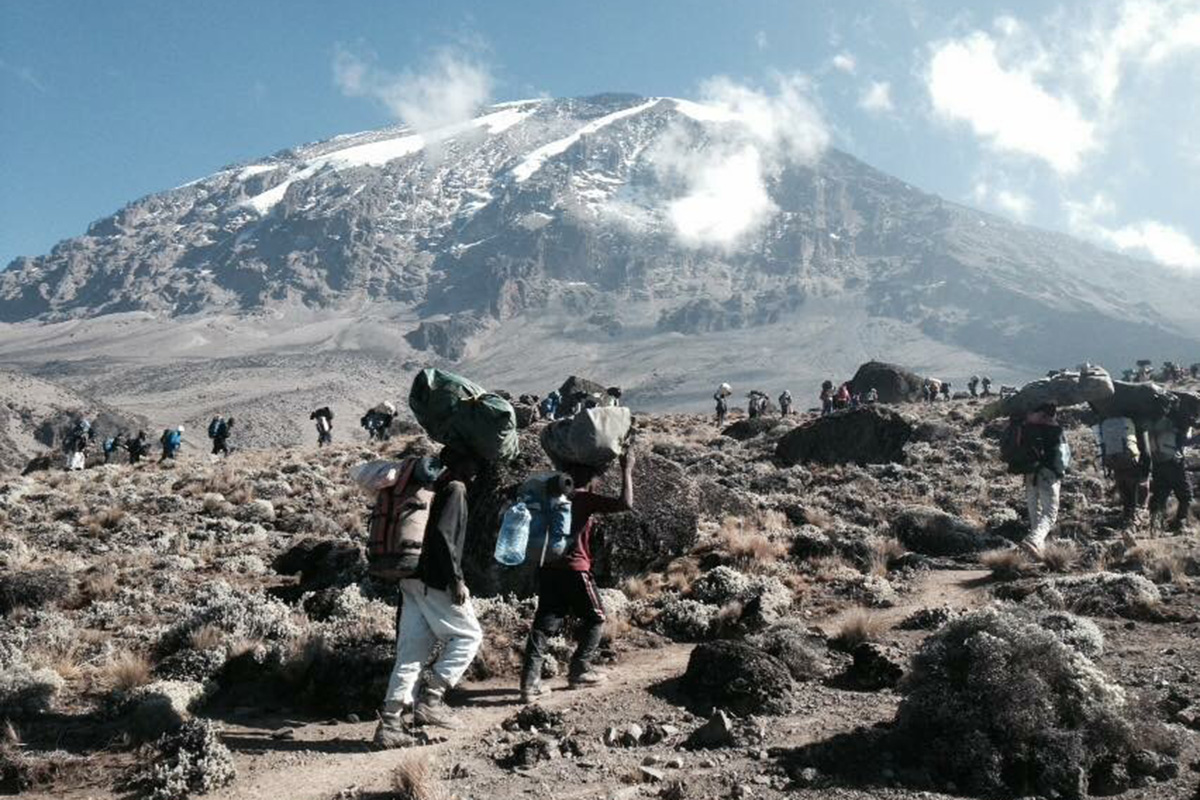
Is A Guide Required To Climb Mount Kilimanjaro?
Anyone climbing Mount Kilimanjaro must have a licensed guide from Kilimanjaro National Park with them at all times.
Most climbers have a crew that includes a lead guide, an assistant guide, a cook, and porters. However, it is essential to always have a guide and follow what they say.
They have done that route hundreds of times, so they will know what is best to keep you and anyone else safe.
Temperatures And Campsites On Mount Kilimanjaro
Some people believe that Kilimanjaro never gets cold because it is located in Africa, which is associated with extremely hot temperatures.
On the other hand, the mountain’s summit is extremely chilly and blustery, especially at night. Here, the coldest temperatures are typically between 20 and -20 degrees Celsius.
As a result, if you’re serious about your Kilimanjaro trekking adventure, you must pack the correct clothing to help you against these chilly temperatures. Thermals are a must, as are some solid walking boots.
When climbing Kilimanjaro, you camp for the most part. There is one route which does have sleeping huts. Although it is more common for you to camp.
Even though you may be camping, there are no campfires permitted on the mountain. Open fires just cannot be supported by the available wood. Meals are prepared on burners powered by propane.
Each campsite has public restrooms, which are cleaned regularly. However, when the camp is busy, the restrooms can become a bit dirty. Some companies that you book with may provide you with a portable restroom to use.
Finally, you won’t experience any kind of amenities (like washrooms or showers) when trekking Kilimanjaro. You can bring baby wipes and use them to clean yourself off if you want to. However, most people deal with not showering for a maximum of 9 days.
Gear Required To Trek Up Kilimanjaro
There is certainly a lot of equipment needed to climb Kilimanjaro. Beginning in the rainforest and reaching its peak in the Arctic zone, the ascent passes through several unique ecological zones.
Your mountaineering attire should be capable of keeping you warm, dry, and protected from the elements during cold and wet weather.
You will require equipment, decent footwear, and technical apparel made of waterproof, insulated, and breathable materials. This includes a duffel bag, sleeping bag and day pack.
See if you need to supply your own tent based on the agreement you have with the company you are booking with.
Cost To Climb Mount Kilimanjaro
With regard to trekking Mount Kilimanjaro, prices have increased drastically throughout the industry. The 8-day Lemosho Route, is one of the most well-liked routes, costs about $3,000 on average.
The majority of the expense is made up of park fees alone, followed by employee salaries.
For less than $2,000, low-quality budget businesses may run this climb as well. The same treatment is offered by premium businesses for up to $6,000.
Never choose a provider just because they had a “good bargain” or “looks good” on their website.
Only trekkers with guides who have been trained or have access to emergency medical care are allowed to complete the climb.
The strongest businesses will continually receive excellent client feedback and have the respect of their industry colleagues.
It is vital that you do your homework and shop around. In this case, cheapest isn’t always the best way to go about it.
Vaccinations And Travel Insurance
Guests to Tanzania are advised to have the following shots against typhoid, hepatitis A, and tetanus.
The majority of Tanzania has a high malaria risk; as a result, anti-malaria medicine is advised, and you must take steps to prevent mosquito bites.
Wear long sleeves and long pants, especially after sunset, apply insect repellent to exposed skin, and sleep with a mosquito net to prevent mosquito bites.
Due to Kilimanjaro’s elevation above sea level, there are essentially no mosquitoes on the mountain. Nevertheless, Kilimanjaro is considered to be in the rainforest region.
In addition to that, you must make sure you have travel insurance. You must get travel insurance that includes coverage for high-altitude hiking (up to 6,000 meters).
This just covers you in case something happens while you are on the mountain. Even though nothing should happen on your way there, it is really important to have it just in case.
Conclusion
If you’re a beginner adventurer and climbing Mount Kilimanjaro is your dream, there’s no better guide than the one you’ve just read. We have covered everything that you need to know before you start planning your climb and, ultimately, fulfilling your dream of trekking Mount Kilimanjaro.
It is important that you follow all the advice we have outlined above. This way, you will be prepared and be able to face the mount safely and confidently.
Don’t hesitate and reach out to us if you need assistance of any kind. At Tanzania Specialist, we’ll make sure your stay will be as enjoyable as possible, and your Kilimanjaro trekking as safe and exciting as it can get.
